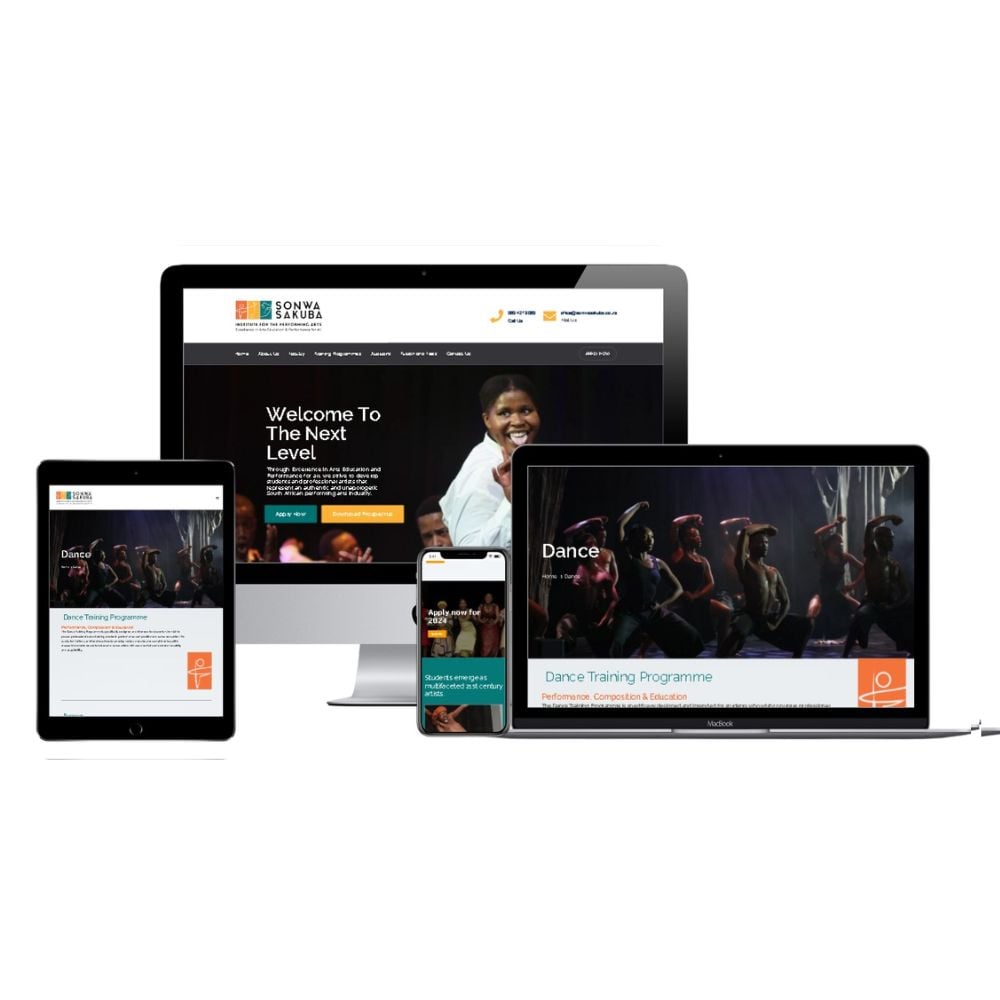Leading Tips for Developing an Impactful Website Style That Converts
In today's electronic landscape, the significance of an impactful website design can not be overstated, especially when it concerns converting site visitors into clients. To achieve this, one must take into consideration a range of variables, including comprehending the target market, focusing on customer experience, and maximizing for mobile platforms. Additionally, the strategic usage of compelling call-to-actions and a well-defined aesthetic power structure plays an important role in assisting individuals with their trip. As we explore these necessary elements, it ends up being obvious that the success of your web site pivots on greater than just aesthetic appeal; it needs a thoughtful strategy to style and functionality.

Understand Your Target Market
Recognizing your target audience is fundamental to efficient website layout, as it prepares for producing an interesting customer experience. Identifying who your individuals are, including their demographics, preferences, and behaviors, allows developers to customize the web site's web content, format, and functionality to satisfy specific needs.
Carrying out extensive marketing research is vital in this procedure. Studies, meetings, and analytics can offer useful understandings into user assumptions and discomfort factors. By assembling this data, designers can create customer identities that stand for various sections of the target market, ensuring that design decisions are educated and appropriate.
Moreover, comprehending the target audience helps in choosing proper style aspects such as color design, typography, and imagery that resonate with individuals. A website that speaks straight to its audience cultivates a feeling of link and trust fund, encouraging longer check outs and greater conversion rates.
Eventually, a user-centered approach to internet site layout not only boosts individual complete satisfaction but likewise sustains company objectives by driving interaction and commitment. By prioritizing the needs and choices of the target market, a site can effectively offer its purpose and accomplish desired end results.
Prioritize User Experience
To boost the overall efficiency of a site, focusing on customer experience (UX) is vital (Website Design). A well-designed UX makes sure that visitors can navigate the website effortlessly, discover details promptly, and engage with material meaningfully. This brings about increased individual satisfaction and higher conversion prices
Begin by implementing user-friendly navigating. Menus ought to be logically structured, enabling customers to locate essential areas of the site with marginal initiative. Consistency in layout components, such as color schemes and fonts, promotes knowledge, which is essential for maintaining customer engagement.
Furthermore, take into consideration the packing rate of your website. A delay of simply a few seconds can cause substantial drop-offs, as customers are less likely to wait on a slow-loading page. Simplifying images and optimizing code can enhance efficiency and keep visitors.
By focusing on customer experience, you not just create a more delightful atmosphere for site visitors yet likewise reinforce your brand's trustworthiness. Inevitably, a focus on UX is a financial investment in the long-lasting success of your web site.
Optimize for Mobile Tools
Optimizing for mobile phones is vital in today's digital landscape, where a boosting variety of customers gain access to websites with smart devices and tablets. A mobile-friendly design not just boosts customer experience yet also plays a considerable duty in boosting search engine rankings. To accomplish this, it is essential to embrace a responsive style that instantly gets used to different display dimensions and orientations.

Loading speed is another crucial factor; mobile customers are usually less patient and anticipate fast access to information. Maximize pictures and utilize internet browser caching to boost performance. next Examination your web site on several tools and screen resolutions to determine and rectify any type of potential use concerns. By prioritizing mobile optimization, you ensure that your internet site remains competitive and effectively engages a broader audience.
Usage Engaging Call-to-Actions
A website's efficiency usually hinges on its capacity to direct site visitors towards wanted activities, making engaging call-to-actions (CTAs) important elements of design. CTAs act as the critical points that guide individuals to engage with the site, whether that indicates buying, authorizing up for a newsletter, or downloading a source.
To produce efficient CTAs, clarity is vital. Use concise language that clearly connects the activity you desire the individual to take.
Additionally, the design of CTAs ought to stick out without being meddlesome. Utilize contrasting shades and clear fonts to guarantee they catch attention. In addition, consider making use of directional hints, such as arrows or images, to assist individuals towards these switches. By concentrating on these elements, businesses can significantly boost customer engagement, driving conversions and inevitably accomplishing their website's objectives.
Concentrate On Visual Pecking Order
Reliable web site design relies greatly on a well-structured aesthetic hierarchy that overviews individuals via web content perfectly. By organizing aspects in a manner that prioritizes info, designers can improve customer experience and facilitate decision-making. This involves using dimension, color, comparison, and spacing purposefully to accentuate one of the most essential parts of a website.
Making use of bigger fonts for headings and subheadings develops a clear difference in between different sections, enabling individuals to scan material effortlessly. In addition, utilizing contrasting colors for switches and calls-to-action can capture individual attention and encourage communication. Whitespace is an additional crucial element; it protects against clutter and makes it possible for users to concentrate on essential messages without diversions.
Images and graphics need to match the text while additionally sticking to the well-known pecking order, reinforcing the total message (Website Design). Uniformity in design elements, such as color systems and typography, more strengthens the visual power structure, making navigating intuitive

Verdict
In final thought, effective site design requires a detailed understanding of the target audience, prioritization of user experience, and mobile optimization. Ultimately, a well-executed site style serves as a critical part in driving customer activities and attaining business purposes.